Spring is here again, and as plants and flowers wake up, so do unwanted guests such as aphids and fleas. Some of the most effective ways to eliminate these pests and many others is to use beneficial bugs. We keep Ladybugs, Beneficial Nematodes, and Earthworms on hand here at Gill’s to get rid of pests and improve the health of your lawn and garden.
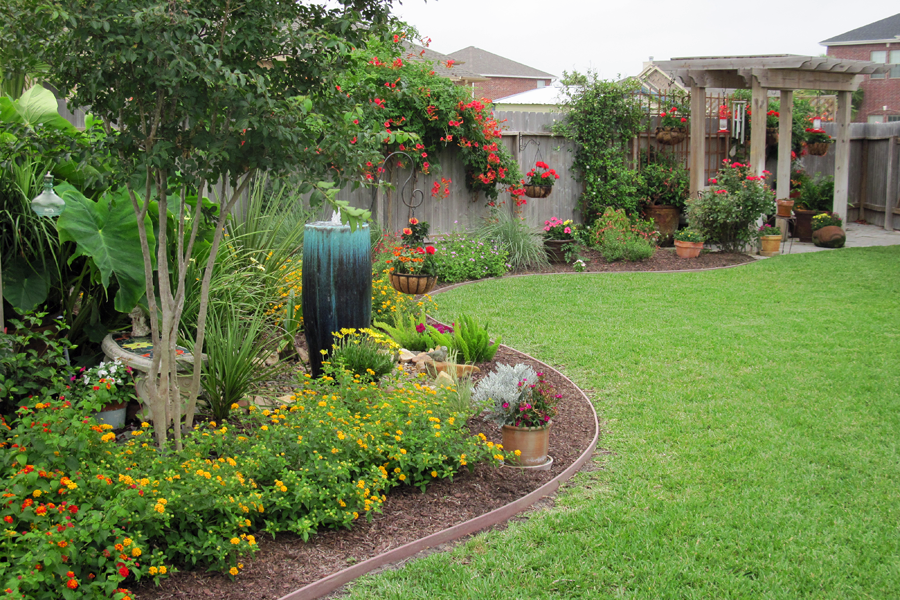
Ladybugs
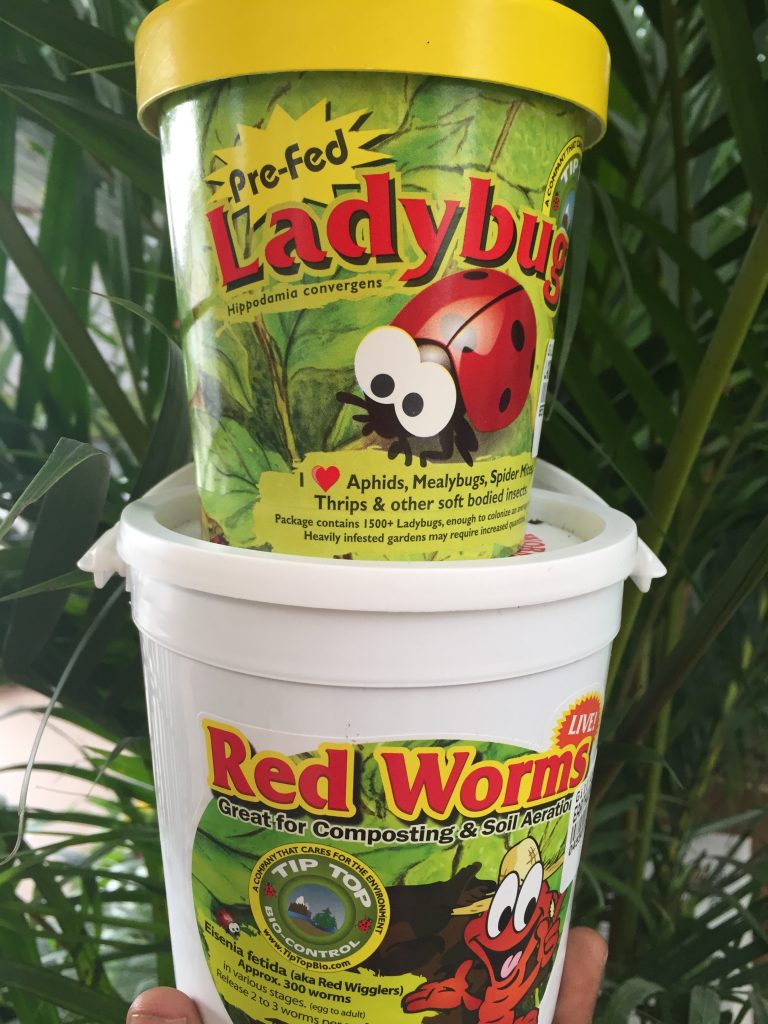
Fun facts about Ladybugs- Ladybugs aren’t really bugs at all, they’re beetles. There are almost 400 different kinds of ladybugs in North America.
Female ladybugs can eat as many as 75 aphids in one day. They also like to eat scale, mealybugs, and spider mites.
Ladybugs smell with their feet and antennae. A ladybug’s jaws chew from side to side instead of up and down like our jaws. The color of a ladybug’s spots begin to fade as it gets older.
Ladybugs are most active when their body temperature is 75 degrees or warmer. A ladybug’s bright color warns birds that it does not taste good. When a ladybug flies, its wings beat 85 times every second. Female ladybugs are larger than male ladybugs.
Aphids are the first pest to hit in the spring and they love the new growth on plants. Buy your ladybugs now and keep them dormant in the refrigerator till your first outbreak of aphids, then release a few hundred at a time.
Use Ladybugs to help eliminate:
- – Aphids
- – Scale
- – Mealybugs
- – Spider mites
Beneficial Nematodes
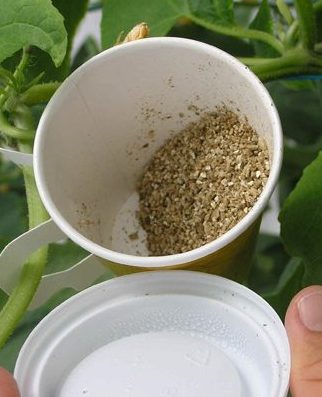
Beneficial Nematodes are microscopic creatures that live in soil where they feed on the eggs and larvae of soil borne-pests. They’re voracious predators of fire ants, flea larvae, and white grub worms (the grubs that eat plant roots).
Beneficial Nematodes are the ideal organic pest control because they’re a naturally occurring predator of pests, but they don’t harm plants, animals, or people. They’re completely non-toxic and they’re easy to use.
You mix the nematodes with water, and then put the solution into a watering can or sprayer. A hose-end type sprayer is fine, as city water is fine to mix with the nematodes.
Speaking of water, beneficial nematodes do need rain or supplemental watering in order to live and reproduce in your soil, so they’re not appropriate for dry land farms or completely xeric landscapes.
Use Nematodes to help eliminate:
- – Fire ants
- – Fleas
- – Grub worms
Earthworms

Earthworms, or Red Worms, are popular due to their many useful applications. Each Red Worm ingests its weight in organic matter every 24 hours.
They excrete a highly effective fertilizer called castings, which are high in nitrogen, phosphorus, magnesium, potash, and calcium, which are all great for your soil, grass, and plants!
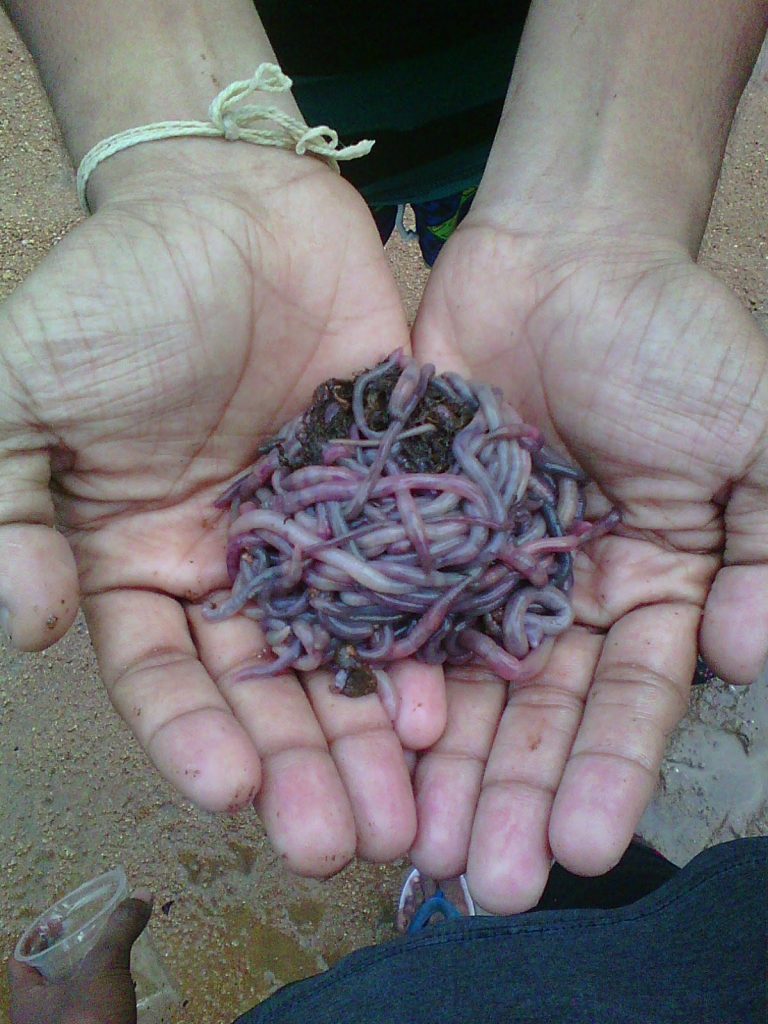
These castings can also help repel chewing and sucking insects like aphids, whiteflies, and hard-shelled plant bugs; the chitinase (an enzyme) from the worm castings, which is absorbed by the plant, kills the bad bugs when they eat the plant leaves.
Use Earthworms and their castings for:
- – Improving and aerating soil
- – Fertilizer
- – Starting compost
- – Repelling chewing and sucking insects
- – Fishing bait!
Now is a great time to get some good bugs and worms (ladybugs, beneficial nematodes, and earthworms) – before the bad bugs (aphids, fleas, mealybugs, whiteflies, fire ants, spider mites, and grub worms) arrive!

-DeAnna
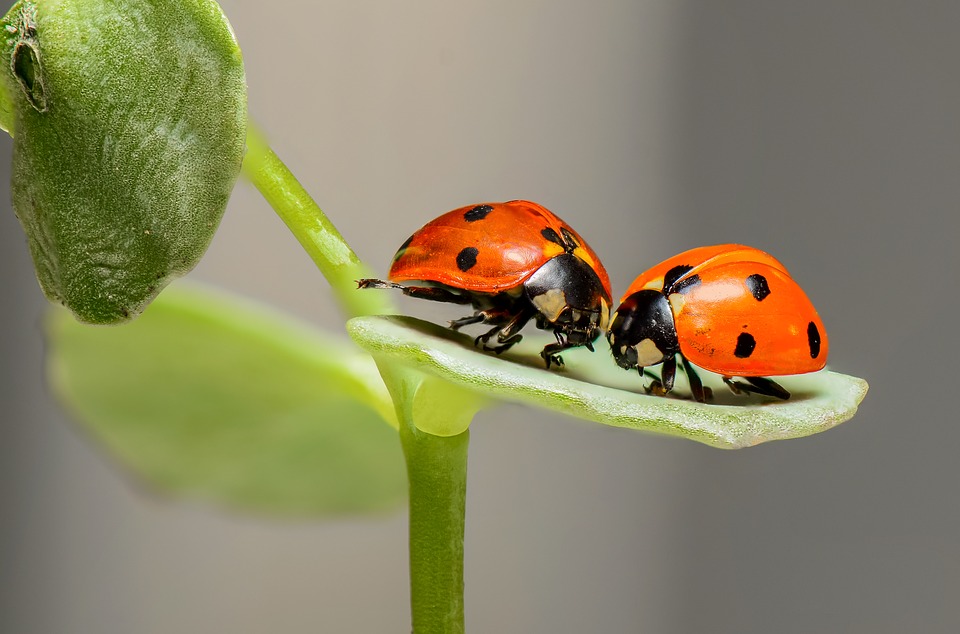


Carolyn says
Do you have milkweed plants for Monarchs?
james says
Yes we have plenty of milkweed this morning.
Lisa Franklin says
I’m sending mom over to buy some garden friends to help repel the coming pests!